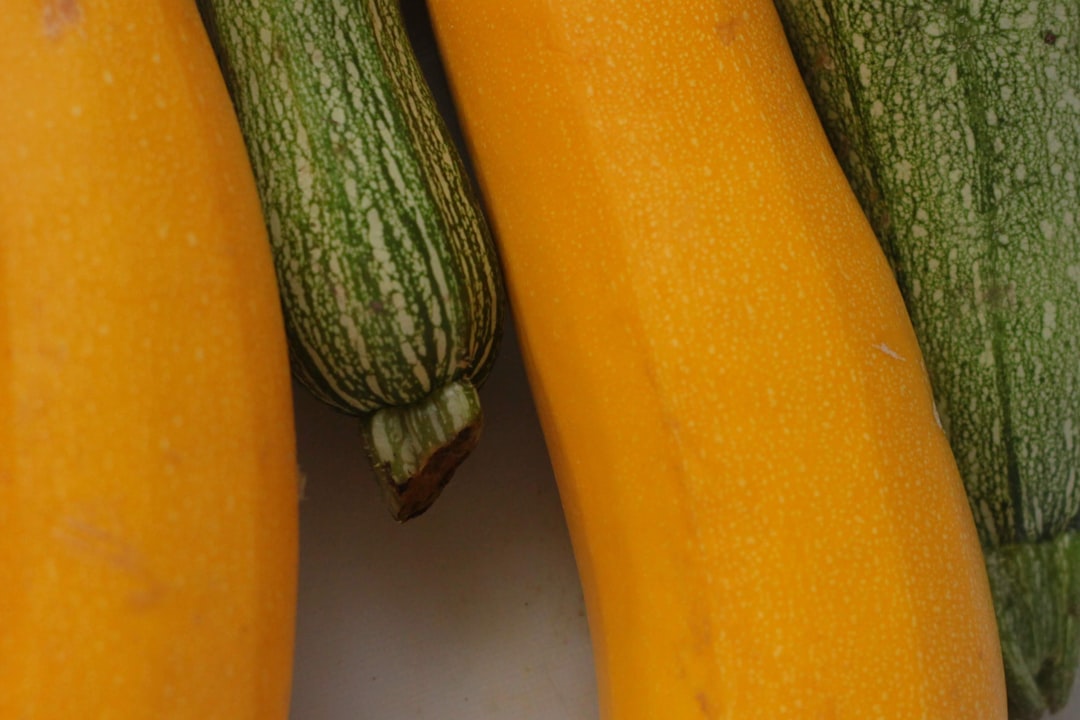Reviving the Luster of Your Cucumber Plants

Cucumbers are a popular choice in vegetable gardens, known for their refreshing taste and versatility in the kitchen. However, one common issue that gardeners often encounter is the yellowing of cucumber leaves. This can be a sign of various underlying problems, including pests, diseases, or stress. In this article, we'll explore the possible causes of yellowing cucumber leaves and provide practical solutions to help you restore your plants to their lush, green glory.
Pests: The Silent Invaders
Pests can be a major culprit when it comes to yellowing cucumber leaves. Aphids, for example, are tiny insects that suck the sap from the leaves, causing them to turn yellow and wilt. These pests are often found on the undersides of the leaves and can reproduce rapidly, leading to a significant infestation if left untreated. Another common pest is the spider mite, which is so small that it can be difficult to see with the naked eye. Spider mites feed on the plant's cells, leaving behind a fine webbing and causing the leaves to turn yellow and become stippled.
To control pest infestations, it's important to regularly inspect your plants for signs of damage. If you notice aphids or spider mites, you can try using a strong stream of water to wash them off the leaves. You can also use insecticidal soaps or neem oil, which are natural and effective ways to control pests. However, be sure to follow the instructions on the label carefully to avoid damaging your plants.
Diseases: A Threat to Your Cucumbers
Diseases can also cause cucumber leaves to turn yellow. One of the most common diseases is powdery mildew, which appears as a white, powdery coating on the leaves. This disease is caused by a fungus and can spread quickly, especially in warm, humid conditions. Another disease is downy mildew, which causes yellow spots on the upper surface of the leaves and a purple or grayish mold on the undersides. Downy mildew is also caused by a fungus and can be particularly devastating to cucumber plants.
To prevent the spread of diseases, it's important to practice good garden hygiene. This includes removing any infected leaves or plants immediately and disposing of them properly. You should also avoid overhead watering, as this can create a moist environment that is conducive to the growth of fungi. Instead, water your plants at the base to keep the leaves dry. If you do notice signs of disease, you can try using a fungicide to control the spread. However, be sure to choose a fungicide that is specifically labeled for use on cucumbers and follow the instructions carefully.
Stress: The Hidden Cause
In addition to pests and diseases, stress can also cause cucumber leaves to turn yellow. Stress can be caused by a variety of factors, including overwatering, underwatering, nutrient deficiencies, and extreme temperatures. Overwatering can lead to root rot, which can prevent the plant from absorbing nutrients properly and cause the leaves to turn yellow. Underwatering, on the other hand, can cause the plant to become dehydrated and the leaves to wilt and turn yellow.
Nutrient deficiencies can also cause yellowing leaves. Cucumbers require a balanced supply of nutrients, including nitrogen, phosphorus, and potassium, as well as trace elements such as iron and magnesium. If your soil is lacking in these nutrients, your plants may develop yellow leaves. To ensure that your plants are getting the nutrients they need, it's important to fertilize them regularly with a balanced fertilizer. You can also have your soil tested to determine if it is lacking in any specific nutrients and adjust your fertilization accordingly.
Extreme temperatures can also cause stress to cucumber plants. Cucumbers prefer warm, sunny conditions, but they can be sensitive to both heat and cold. If the temperature is too hot, the plant may become stressed and the leaves may turn yellow. Similarly, if the temperature is too cold, the plant may not be able to grow properly and the leaves may turn yellow and drop off. To protect your plants from extreme temperatures, you can provide them with shade during the hottest part of the day or cover them with a frost blanket during cold nights.
Restoring Your Cucumber Plants
If you notice that your cucumber leaves are turning yellow, it's important to take action quickly to identify the cause and address the problem. By following the tips outlined in this article, you can help your plants recover and restore their lush, green growth. Remember to regularly inspect your plants for signs of pests, diseases, and stress, and take appropriate measures to prevent and control these problems. With a little care and attention, you can enjoy a bountiful harvest of delicious cucumbers from your garden.
In conclusion, yellowing cucumber leaves can be a sign of various problems, including pests, diseases, and stress. By understanding the possible causes and taking appropriate measures to address them, you can help your cucumber plants thrive and produce a healthy crop. Whether you're a seasoned gardener or a beginner, these tips can help you keep your cucumber plants looking their best and ensure a successful harvest.